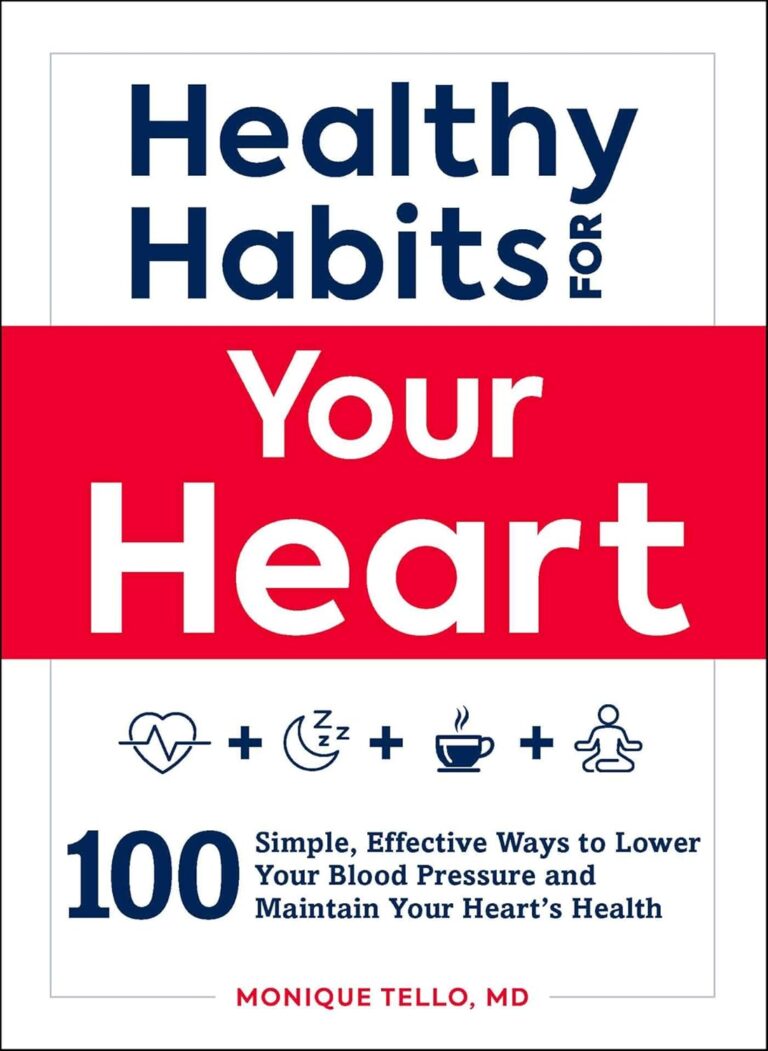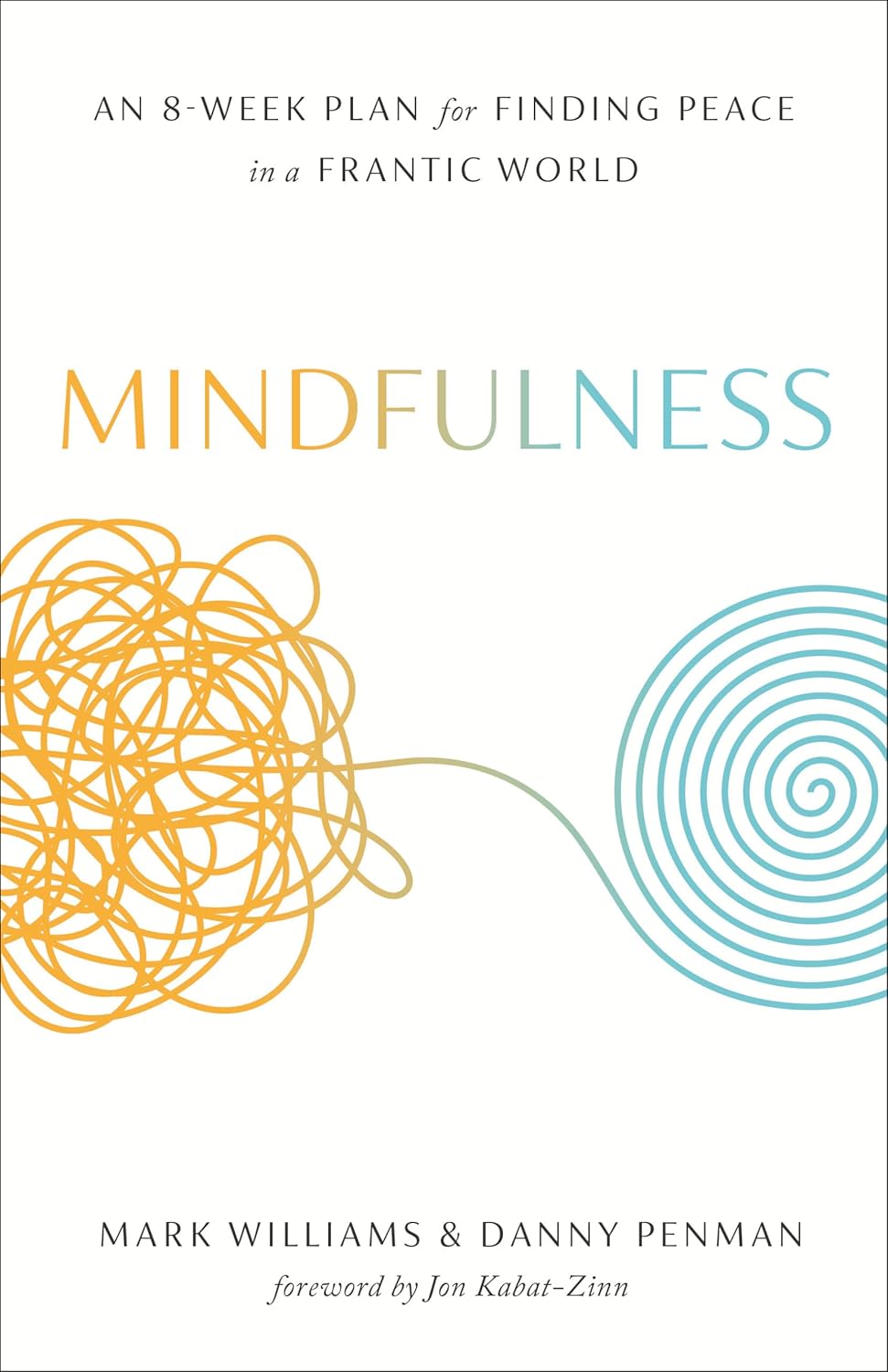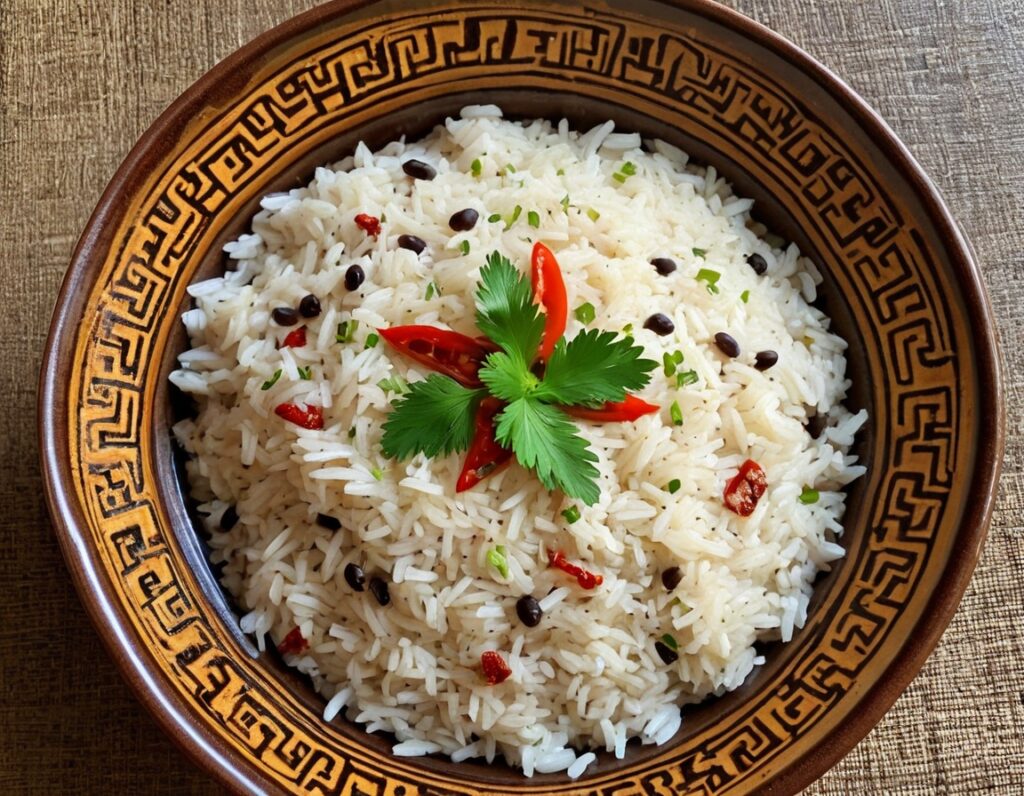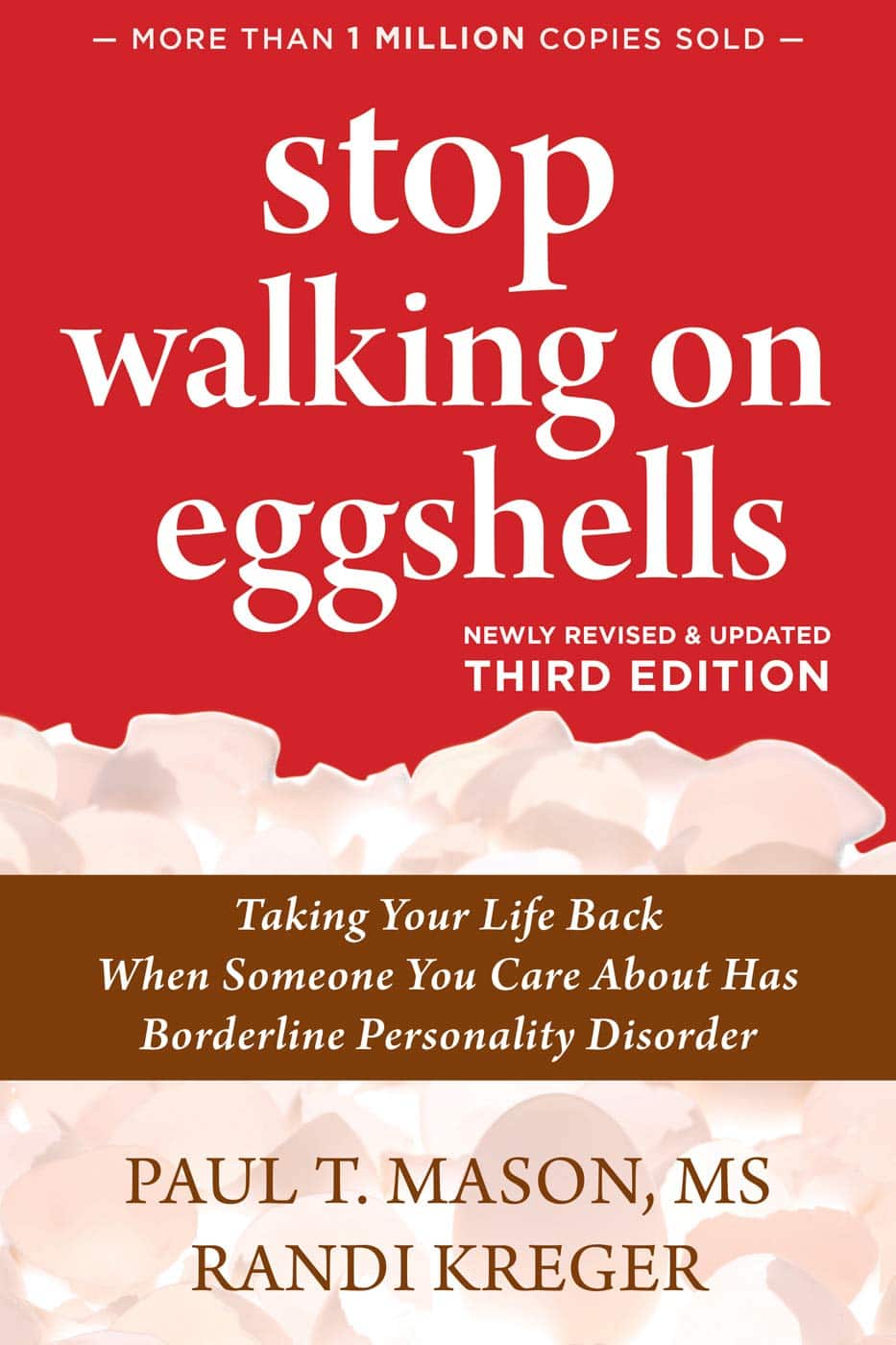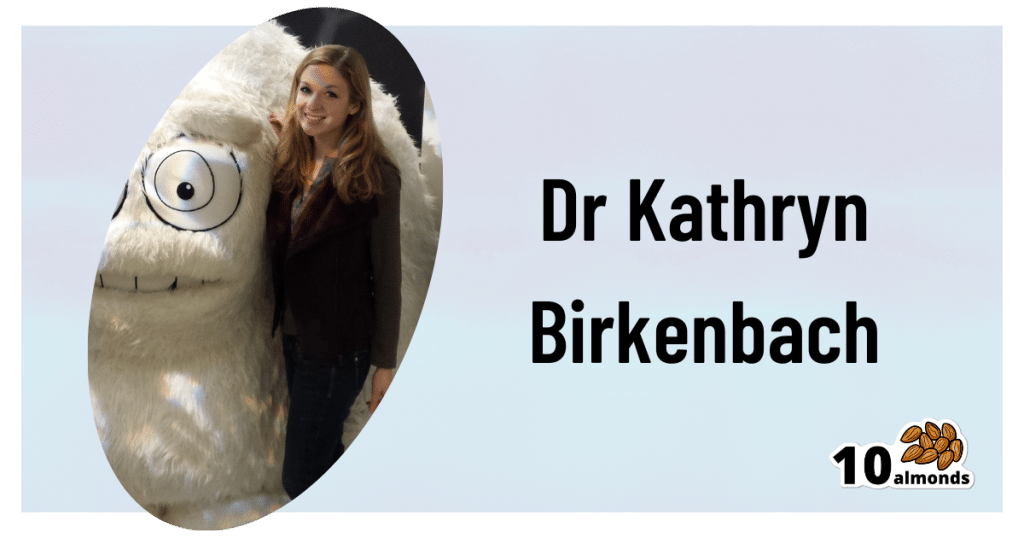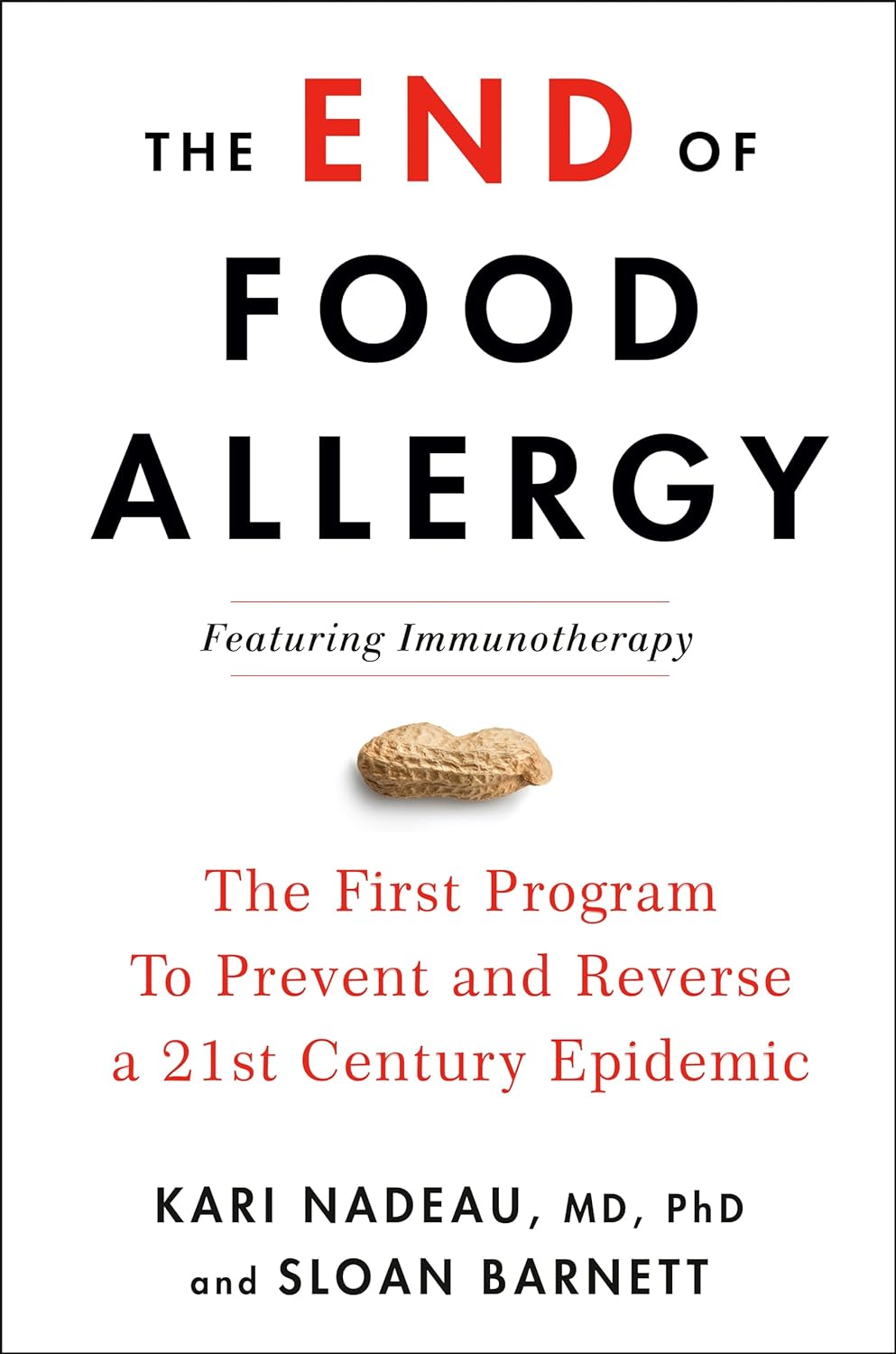
The End of Food Allergy – by Dr. Kari Nadeau & Sloan Barnett
10almonds is reader-supported. We may, at no cost to you, receive a portion of sales if you purchase a product through a link in this article.
We don’t usually mention author credentials beyond their occupation/title. However, in this case it bears acknowledging at least the first line of the author bio:
❝Kari Nadeau, MD, PhD, is the director of the Sean N. Parker Center for Allergy and Asthma Research at Stanford University and is one of the world’s leading experts on food allergy❞
We mention this, because there’s a lot of quack medicine out there [in general, but especially] when it comes to things such as food allergies. So let’s be clear up front that Dr. Nadeau is actually a world-class professional at the top of her field.
This book is, by the way, about true allergies—not intolerances or sensitivities. It does touch on those latter two, but it’s not the main meat of the book.
In particular, most of the research cited is around peanut allergies, though the usual other common allergens are all discussed too.
The authors’ writing style is that of a science educator (Dr. Nadeau’s co-author, Sloan Barnett, is lawyer and health journalist). We get a clear explanation of the science from real-world to clinic and back again, and are left with a strong understanding, not just a conclusion.
The titular “End of Food Allergy” is a bold implicit claim; does the book deliver? Yes, actually.
The book lays out guidelines for safely avoiding food allergies developing in infants, and yes, really, how to reverse them in adults. But…
Big caveat:
The solution for reversing severe food allergies (e.g. “someone nearby touched a peanut three hours ago and now I’m in anaphylactic shock”), drug-assisted oral immunotherapy, takes 6–24 months of weekly several-hour-long clinic visits, relies on having a nearby clinic offering the service, and absolutely 100% cannot be done at home (on pain of probable death).
Bottom line: it’s by no means a magic bullet, but yes, it does deliver.
Click here to check out The End of Food Allergy to learn more!
Don’t Forget…
Did you arrive here from our newsletter? Don’t forget to return to the email to continue learning!
Recommended
Learn to Age Gracefully
Join the 98k+ American women taking control of their health & aging with our 100% free (and fun!) daily emails:
-
Mindfulness: An Eight-Week Plan – by Dr. Mark Williams & Dr. Danny Penman
10almonds is reader-supported. We may, at no cost to you, receive a portion of sales if you purchase a product through a link in this article.
The authors, with their PhDs in psychology and biochemistry, respectively, bring the science that you might expect (and some that you might not!) to this book about mindfulness meditation and mindfulness in everyday life.
The book’s realism comes not just from studies, though, but also from a realistic perspective on modern life, in which many of us have sufficient responsibilities to afford us only limited downtime, and we certainly cannot all take time off for a mountaintop retreat.
What we can do, however, is enjoy this eight-week program for finding peace in a frantic world, while still going about our necessary business in that frantic world on a daily basis.
The eight weeks go as follows:
- Waking up to the autopilot
- Keeping the body in mind
- The mouse in the maze
- Moving beyond the rumor mill
- Turning toward difficulties
- Trapped in the past or living in the present?
- When did you stop dancing?
- Your wild and precious life
…with meditations, as well as reframes and other tools, for each.
The style is very easy-reading, with neither scientific jargon nor spiritual arcana, just clear explanations, instructions, and guidance.
Bottom line: if you’re the sort of person who tries to take each day as it comes, but sometimes several days gang up on you at once, then this book can help get things into order.
Share This Post
-
Walk Like You’re 20 Years Younger Again
10almonds is reader-supported. We may, at no cost to you, receive a portion of sales if you purchase a product through a link in this article.
How fit, healthy, strong, and mobile were you 20 years ago? For most people, the answer is “better than now”. Physiotherapist Dr. Doug Weiss has advice on turning back the clock:
The exercises
If you already have no problems walking, this one is probably not for you. However, if you’re not so able to comfortably walk as you used to be, then Dr. Weiss recommends:
- Pillow squat: putting pillow on a chair, crossing hands on chest, standing up and sitting down. Similar to the very important “getting up off the floor without using your hands” exercise, but easier.
- Wall leaning: standing against a wall with heels 4″ away from it, crossing arms over chest again, and pulling the body off the wall using the muscles in the front of the shin. Note, this means not cheating by using other muscles, leveraging the upper body, pushing off with the buttocks, or anything else like that.
- Stepping forward: well, this certainly is making good on the promise of walking like we did 20 years ago; there sure was a lot of stepping forward involved. More seriously, this is actually about stepping over some object, first with support, and then without.
- Heel raise: is what it sounds like, raising up on toes and back down again; first with support, then without.
- Side stepping: step sideways 2–3 steps in each direction. First with support, then without. Bonus: if your support is your partner, then congratulations, you are now dancing bachata.
For more details (and visual demonstration) of these exercises and more, enjoy:
Click Here If The Embedded Video Doesn’t Load Automatically!
Want to learn more?
You might also like:
4 Tips To Stand Without Using Hands
Take care!
Share This Post
-
Jamaican Coconut Rice
10almonds is reader-supported. We may, at no cost to you, receive a portion of sales if you purchase a product through a link in this article.
This is a great dish that can be enjoyed hot or cold, as a main or as a side. It has carbs, proteins, healthy fats, fiber, as well as an array of healthy phytochemicals. Not to mention, a great taste!
You will need
- 1 cup wholegrain basmati rice (it may also be called “brown basmati rice“; this is the same) (traditional recipe calls for pudding rice, but we’re going with the healthier option here)
- 2 cans (each 12 z / 400g) coconut milk
- 2 cups (or 2 cans, of which the drained weight is comparable to a cup each) cooked black beans. If you cook them yourself, this is better, as you will be able to cook them more al dente than you can get from a can, and this firmness is desirable. But canned is fine if that’s what’s available.
- 1 large red onion, finely chopped
- ½ cup low-sodium vegetable stock (ideally you made this yourself from vegetable offcuts you saved in the freezer for this purpose, but failing that, low-sodium stock cubes can be bought at any large supermarket)
- 2 serrano chilis, finely chopped
- 1 Scotch bonnet chili, without doing anything to it
- 1 tbsp black pepper, coarse ground
- 1 tbsp chia seeds
- 1 tbsp coconut oil
- Garnish: parsley, chopped
Note: we have erred on the side of low-heat when it comes to the chilis. If you know that you and (if applicable) everyone else eating would enjoy more heat, add more heat. If not, let extra heat be added at the table via your hot sauce of choice. Sounds heretical, but it ensures everyone gets the right amount! It’s easy to add heat than to take it out, after all.
However: if you do end up with too much heat in this or any other dish, adding acid will usually help to neutralize that. In the case of this dish, we’d recommend lime juice as a complementary flavor.
Method
(we suggest you read everything at least once before doing anything)
1) In a big sauté pan, add the coconut oil, melt it if not already melted, and add the chopped onion and the chopped chilis, at a temperature sufficient to sizzle. Keep them all moving. Once the coconut oil is absorbed into the onion (this will happen before the onion is fully cooked), add the vegetable stock, followed by the coconut milk; mix it all gently to create a smooth consistency.
2) Add the rice, chia seeds, and black pepper; mix it all gently but thoroughly; turn the temperature to a simmer, and add the Scotch bonnet chili, without cutting it at all.
3) Cover and keep on low for about 20–30 minutes until the rice is looking done. Check on it periodically to make sure it’s not running out of liquid, but resist the urge to stir it; it shouldn’t be burning but paradoxically, once you start stirring you can’t stop or it will definitely burn.
4) Take out the Scotch bonnet chili, and discard*. Add the black beans.
*its job was to add flavor without adding the high-level heat of that particular chili. If you’re a regular heat-fiend, feel free to experiment with using sliced Scotch bonnet chilis instead of serrano chilis; just be aware that there’s a big difference in heat. Only do this if you really like heat. Using it the way we described in the main recipe is what’s traditional in the Caribbean, by the way.
5) Now you can (and in fact must) stir, to mix in the black beans and bring them back to temperature within the dish. Be aware that once you start stirring, you need to keep stirring until you’re ready to take it off the heat.
6) Serve, adding the parsley garnish.
(this example went light on the beans; our recipe includes more for a heartier dish)
Enjoy!
Want to learn more?
For those interested in some of the science of what we have going on today:
- Should You Go Light Or Heavy On Carbs?
- Our Top 5 Spices: How Much Is Enough For Benefits?
- Why You’re Probably Not Getting Enough Fiber (And How To Fix It)
- Burn! How To Boost Your Metabolism
- Capsaicin For Weight Loss And Against Inflammation
Take care!
Share This Post
Related Posts
-
Self-Care That’s Not Just Self-Indulgence
10almonds is reader-supported. We may, at no cost to you, receive a portion of sales if you purchase a product through a link in this article.
Self-Care That’s Not Just Self-Indulgence
Self-care is often seen as an excuse for self-indulgence. Worse, it’s often used as an excuse for self-indulgence—in ways that can end up making us feel worse.
It’s a bit like dietary “cheat days”. If your diet needs cheat days, your diet probably isn’t right for you!
How to recognize the difference between self-care and self-indulgence?
Statistically, the majority of our subscribers are parents (whose children are now mostly grown up, but still, the point is that parenting experience has been gleaned), and/or are or have been caregivers of some form or other.
When a small child is ill, we (hopefully!) look after them carefully:
- We don’t expect too much of them, but…
- …we do expect them to adhere to things consistent with their recovery.
Critically: an important part of self-care is that it actually should be care.
Let’s spell something out: neglect is not care!
How this works for physical and mental health
If you overdo it in physical exercise, it’s right and correct to take a break to recover, and during that time, do things that will hasten one’s recovery. For example:
Overdone It? How To Speed Up Recovery After Exercise
But it’s well-known that if you just do nothing, your condition will likely deteriorate. Also, “a break to recover” is going to be as short as is necessary to recover. Then you’ll ease back into exercise, but you will get back to it.
For mental health it’s just the same. If we for whatever reason need to take a step back, it’s right and correct to do take a break to recover, and during that time, do things that will hasten one’s recovery.
Sometimes, if for example it’s just a case of burnout, rest is the best medicine, and even rest can be an active process. See for example:
How To Rest More Efficiently (Yes, Really)
So the question to ask, when it comes to self-care vs self-indulgence, is:
“Is this activity helping me to get better?”
Some examples:
Probably not great self-care activities:
- Oversleeping (unless you were sleep-deprived, in which case, it’s better to get an earlier night than a later morning, if possible)
- Overeating (comfort-eating is a thing, but your actual problems will still be there)
- Mindless activities (mindless scrolling, TV-watching, game-playing, etc)
Probably better self-care activities:
- Enjoyable physical activity (whatever that may be for you)
- Preparing your favorite food, and then enjoying it mindfully
- Engaging in a personal project that might not be that important, but it’s fulfilling to you (hobbies etc can fall into this category)
- Scheduling some time, and committing some resources, to tackling whatever problem(s) you are facing that’s prompting you to need this self-care.
- Doing the tasks you want to hide away from, but making them fun.
What’s your go-to self-care? We love to hear from you, so feel free to hit “reply” to this email, or use the handy feedback form at the bottom!
Don’t Forget…
Did you arrive here from our newsletter? Don’t forget to return to the email to continue learning!
Learn to Age Gracefully
Join the 98k+ American women taking control of their health & aging with our 100% free (and fun!) daily emails:
-
Stop Walking on Eggshells – by Randi Kreger & Paul Mason
10almonds is reader-supported. We may, at no cost to you, receive a portion of sales if you purchase a product through a link in this article.
As you may gather from the title, the angle here is not “Borderline Personality Disorder is fine and dandy”, but nor is it something anyone chooses to have, and as such, importantly, this book’s advice is also not “and so you should immediately disown, divorce, defenestrate your partner”, either.
Rather, it has a balanced and compassionate approach that examines both the pitfalls and the possibilities, and provides the tools to make your relationship feel (and hopefully, actually be) safe for all concerned.
And yes, ending a relationship is always an option too, even if it can sometimes feel like it’s not, on account of how the relationships of people with BPD often have a lot of “near miss” situations, nearly ending but not quite, or (in the case of a partner who’s amenable to such), off-and-on relationships—either of which can make it seem like it’ll never truly be over.
First, though, the authors do look at a variety of ways of avoiding that outcome; making changes within oneself, setting boundaries and honing related skills, asserting your needs with confidence and clarity, and dealing with the lies, rumor-mongering, and accusations that often come with BPD. For that matter, the authors do also note that not all conflict is abuse (something that many forget), but on the flipside, how to tell when it actually is, too.
The style is very pop-science, light in tone albeit sometimes heavy in content.
Bottom line: if you or a loved one has BPD, or even just has a lot of the same symptoms as such, this book can be very helpful.
Click here to check out Stop Walking On Eggshells, and stop walking on eggshells!
Don’t Forget…
Did you arrive here from our newsletter? Don’t forget to return to the email to continue learning!
Learn to Age Gracefully
Join the 98k+ American women taking control of their health & aging with our 100% free (and fun!) daily emails:
-
Screaming at Screens?
10almonds is reader-supported. We may, at no cost to you, receive a portion of sales if you purchase a product through a link in this article.
I Screen, You Screen, We All Screen For…?
Dr. Kathryn Birkenbach is a postdoctoral research fellow in the Department of Neuroscience at Columbia University, and Manager of Research at Early Medical in New York.
Kathryn has things to tell us about kids’ neurological development, and screen time spent with electronic devices including phones, tablets, computers, and TVs.
From the 1960s criticism of “the gogglebox” to the modern-day critiques of “iPad babies” as a watchword of parental neglect, there’s plenty people can say against screen time, but Dr. Birkenbach tells us the that the reality is more nuanced:
Context Is Key
On a positive note”: consistent exposure to age-appropriate educational material results in quicker language acquisition than media that’s purely for entertainment purposes, or not age-appropriate.
Contrary to popular belief, children do not in fact learn by osmosis!
Interaction Is Far More Valuable Than Inaction
Kathryn advises that while adults tend to quite easily grasp things from instructional videos, the same does not go for small children.
This means that a lot of educational programming can be beneficial to small children if and only if there is an adult with them to help translate the visual into the practical!
There’s a story that does the rounds on the Internet: a young boy wanted to train his puppy, but didn’t know how. He asked, and was told “search for puppy training on YouTube”. His parents came back later and found him with his iPad, earnestly showing the training videos to the puppy.
We can laugh at the child’s naïvety, knowing that’s not how it works and the puppy will not learn that way, so why make the same mistake in turn?
❝The phenomenon known as the “video deficit effect” can be overcome, when an on-screen guide interacts with the child or a parent is physically present and draws the child’s attention to relevant information.
In other words, interaction with others appears to enhance the perceived salience of on-screen information, unlocking a child’s ability to learn from a medium which would otherwise offer no real-world benefit.❞
Screens Can Supplement, But Can’t Replace, Live Learning & Play
Sci-fi may show us “education pods” in which children learn all they need to from their screen… but according to our most up-to-date science, Dr. Birkenbach says, that simply would not work at all.
Screen time without adult interactions will typically fail to provide small children any benefit.
There is one thing it’s good at, though… attracting and keeping attention.
Thus, even a mere background presence of a TV show in the room will tend to actively reduce the time a small child spends on other activities, including live learning and exploratory play.
The attention-grabbing abilities of TV shows don’t stop at children, though! Adult caregivers will also tend to engage in fewer interactions with their children… and the interactions will be shorter and of lower quality.
In Summary:
- Young children will tend not to learn from non-interactive screen time
- Interactive screen time, ideally with a caregiver, can be educational
- Interactive screen time, not with a carer, can be beneficial (but a weak substitute)
- Interactive screen time refers to shows such as Dora The Explorer, where Dora directly addresses the viewer and asks questions…But it’s reliant on the child caring to answer!
- It can also mean interactive educational apps, provided the child does consciously interact!
- Randomly pressing things is not conscious interaction! The key here is engaging with it intelligently and thoughtfully
- A screen will take a child’s time and attention away from non-screen things: that’s a genuine measurable loss to their development!
Absolute Bottom Line:
Screens can be of benefit to small children, if and only if the material is:
- Age-Appropriate
- Educational
- Interactive
If it’s missing one of those three, it’ll be of little to no benefit, and can even harm, as it reduces the time spent on more beneficial activities.
Don’t Forget…
Did you arrive here from our newsletter? Don’t forget to return to the email to continue learning!
Learn to Age Gracefully
Join the 98k+ American women taking control of their health & aging with our 100% free (and fun!) daily emails:

